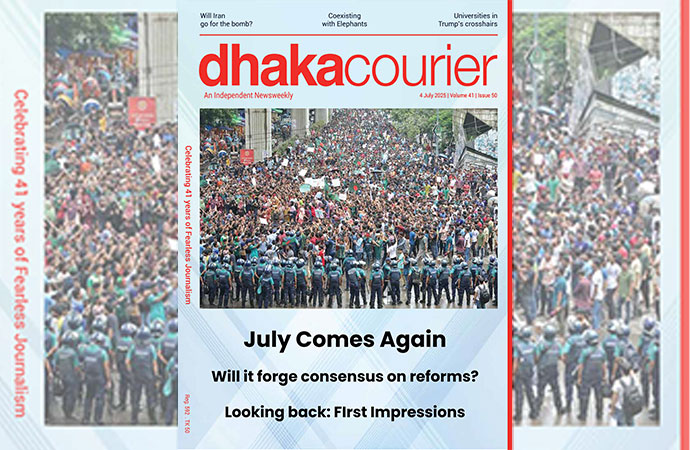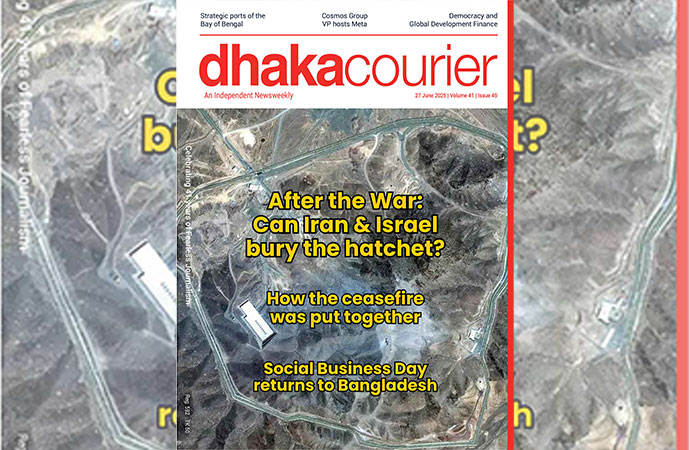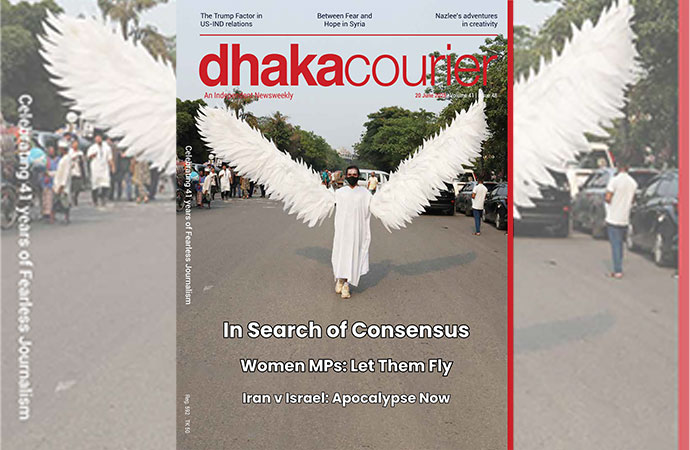Global

Peoples Movement against Port City protest at Galle Face. Source: Benjamin Brown
As capital elbows its way in and remakes the world according to its own designs, the need to democratise this polity is more urgent than ever.
Early in October 2018, the latest IPCC report issued a stark warning, urging 'rapid, far-reaching and unprecedented changes in all aspects of society' within the next twelve years to avert climate breakdown. Rising sea levels, flooding, drought, and other extreme weather events are liable to compound the effects of poverty and inequality globally. Yet in the Sri Lankan capital Colombo, local communities and civil society groups watch with trepidation as land is reclaimed from the Indian Ocean, in preparation for the construction of a new Port City.
The project is one of post-war Sri Lanka's mega-infrastructure development plans, aiming to make Colombo a regional financial hub and "world class" destination for South Asia. However, with debts of $17 billion accrued over the past decade, Sri Lanka finds itself in a position of 'handicapped sovereignty', owing large sums to international creditors, including the west and China. The immediate consequences of the Port City project are felt largely by coastal fishing communities. However, it also damages the country's fragile marine environment and affects the water table due to quarrying rock from the island's interior. Yet proponents have disregarded these impacts, promising a 'sustainable city' and offering bland reassurances that neglect the debt burden, ailing infrastructure and poor environmental quality already shouldered by Colombo's citizens.
Since the end of a violent ethnic conflict in 2009, Sri Lanka has undergone an infrastructure and construction boom, with Colombo increasingly at the epicentre of the controversial drive for new development. One of the grand ambitions under the auspices of the Ministry of Megapolis and Western Development is the flagship Port City development; a new construction atop a 269-hectare expanse of land reclaimed from the Indian Ocean. Delivered at an estimated cost of $15 billion over a 25 year period and bankrolled by China, the project represents a monumental effort to remake urban space.
Evoking comparisons with Dubai and Singapore, Port City is designed to host high-end flats, a luxury marina, parks and casinos. Proponents, including a coterie of lawyers, politicians and property developers, speak enthusiastically about attracting 'high net worth individuals', creating a low tax zone with its own separate legal system, and a thriving centre for 'offshore products and services'.
Dreamed up by the political class and vested economic elites, the Port City project is a vision that has ignited fierce resistance from environmentalists, urban activists, and neighbouring fishing communities. Critics cast the project as an enclave for the rich, an ecological disaster already destroying the fragile marine environment. Sand mining and dredging have become major concerns, disrupting fishing grounds, damaging coral reefs and compounding the effects of coastal erosion. As the writer Amitav Ghosh comments, "a colonial vision of the world, in which proximity to the water represents power and security, mastery and conquest, has now been incorporated into the very foundations of middle-class patterns of living across the globe." The allure of the ocean has ignited an insatiable desire for development and growth along the coastal fringes, irrespective of prior land use or the risks posed by climate change in such areas. Nowhere is this more obvious than Colombo, where the voracious appetite for luxury accommodation has produced a new battleground between residents, investors, politicians, and the working classes.
The People's Movement against Port City, a loose coalition of fishing communities, religious leaders and civil society groups, has contested the project since its inception, with frequent protests, court cases and, in one instance, a hunger strike organised by the Catholic Church demanding an end to dredging near the shoreline. Many are enraged at the lack of transparency and consultation over the project and pained by 'the rape of the country's natural resources' they see unfolding amid the development process. Although opposition has fractured, core grievances remain unaddressed and activists are now intent on renewing their struggle. There is palpable anger at how the current UNP government has backtracked on promises to cancel the project and dismissed calls to revisit a flawed Environmental Impact Assessment. There is the widespread perception that China's outsized influence as Sri Lanka's largest foreign creditor has suppressed open debate on the merits of the proposal, leading Sri Lanka to find itself in a position of 'handicapped sovereignty' as one long term organiser mentioned.
Chinese influence looms large over Sri Lanka, as one of the few countries to lend to Sri Lanka during the blighted era of former president Mahinda Rajapaksa, and Port City sits alongside other controversial infrastructure projects, such as the Hambantota Port, that succeeded in gaining funds despite accusations of cronyism, corruption and human rights abuses.
Whilst the arrival of China has been welcomed by many southern governments, still smarting from the conditionalities imposed by western creditors, its rise has stoked fears over Chinese hegemony in the Asia Pacific region. Nevertheless, a focus limited to China belies the indebtedness and aid dependency to other western donors who similarly continue to exercise soft power in the region (1). Bluntly, the claims to national sovereignty purported by Sri Lanka's political class are laid bare when the country's indebtedness to both China and to western donors is fully accounted for.
Strategic location
Observers point to Sri Lanka's strategic location in the Indian Ocean, close to the world's fourth busiest shipping lane, as the motivation for cultivating economic ties that align with Chinese premier Xi Jinping's vision for expanding trade routes, under his much hyped One Belt, One Road initiative. The political vision of a unified, post-war Sri Lanka connected through an extensive road network has expanded to encapsulate plans for transport and trade corridors extending well beyond national borders. Ports, airports and roads are conceptualised as pivotal nodes to capitalise on Sri Lanka's strategic location amid a rapidly changing geopolitical order. Such infrastructural forms signal a set of priorities that overlook the economic, social and ecological consequences of a growing indebtedness.
Undeniably, Colombo's cityscape, and Sri Lanka's development landscape more generally, are inscribed with the imprints of many competing visions. However, ambitions have rarely departed from the designs of colonial rulers or the modernising governments of the post-independence era, remaining the domain of a privileged few.
The urban transformation now under way therefore heralds a critical juncture in Sri Lanka's post-war future and offers broader points for reflection concerning the terrain of democratic struggle. In a nation marred by spiralling inequalities, ethnic strife, and ecological rupture, projects such as Port City, will remain a critical arena for social movements contesting the direction of development well into the twenty-first century. As capital elbows its way in and remakes the world according to its own designs, the need to democratise this polity is more urgent than ever. n
(1) Whistleblower (2018): "A post-war development disaster? Foreign aid, bi-partisan corruption and Lanka in the international bailout business."
Acknowledgements: This research was funded by a European Research Council for the project Roads: An Ethnographic Project on Roads and Politics of Thought in South Asia.
(From openDemocracy)

























Leave a Comment
Recent Posts
The Northeastern Question
When secessionist movements sprang up across the Eastern European part ...
Trump’s Tariff: How far should ...
Will Bangladesh manage to get a last minute reprieve on its 'Trump tar ...
Rivers, Peaks, and Expressions – My Experience at th ..
What lies behind the alarming spike in violence agai ..
A Himalayan choice
Twenty Palestinians were killed at a food distributi ..